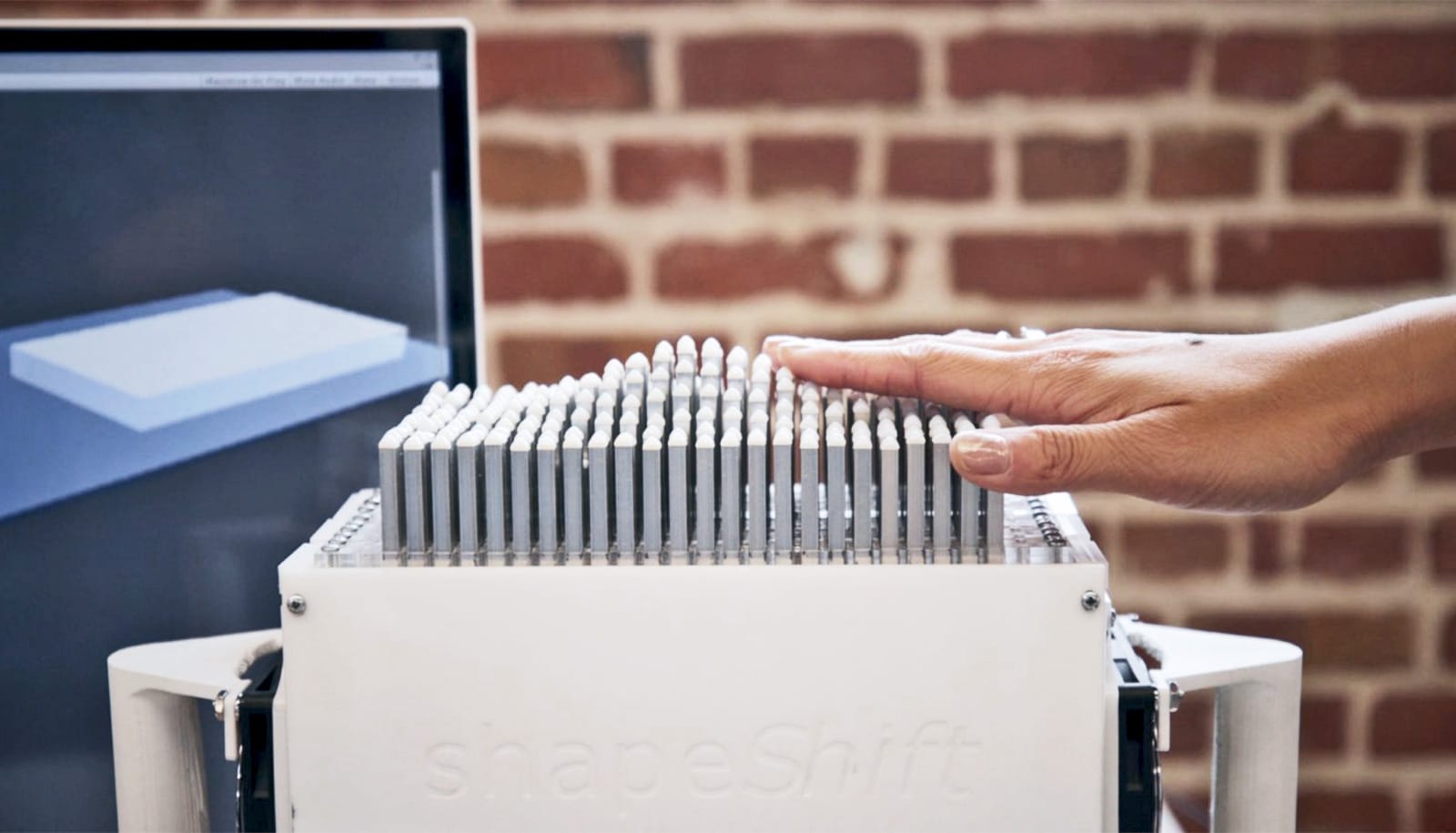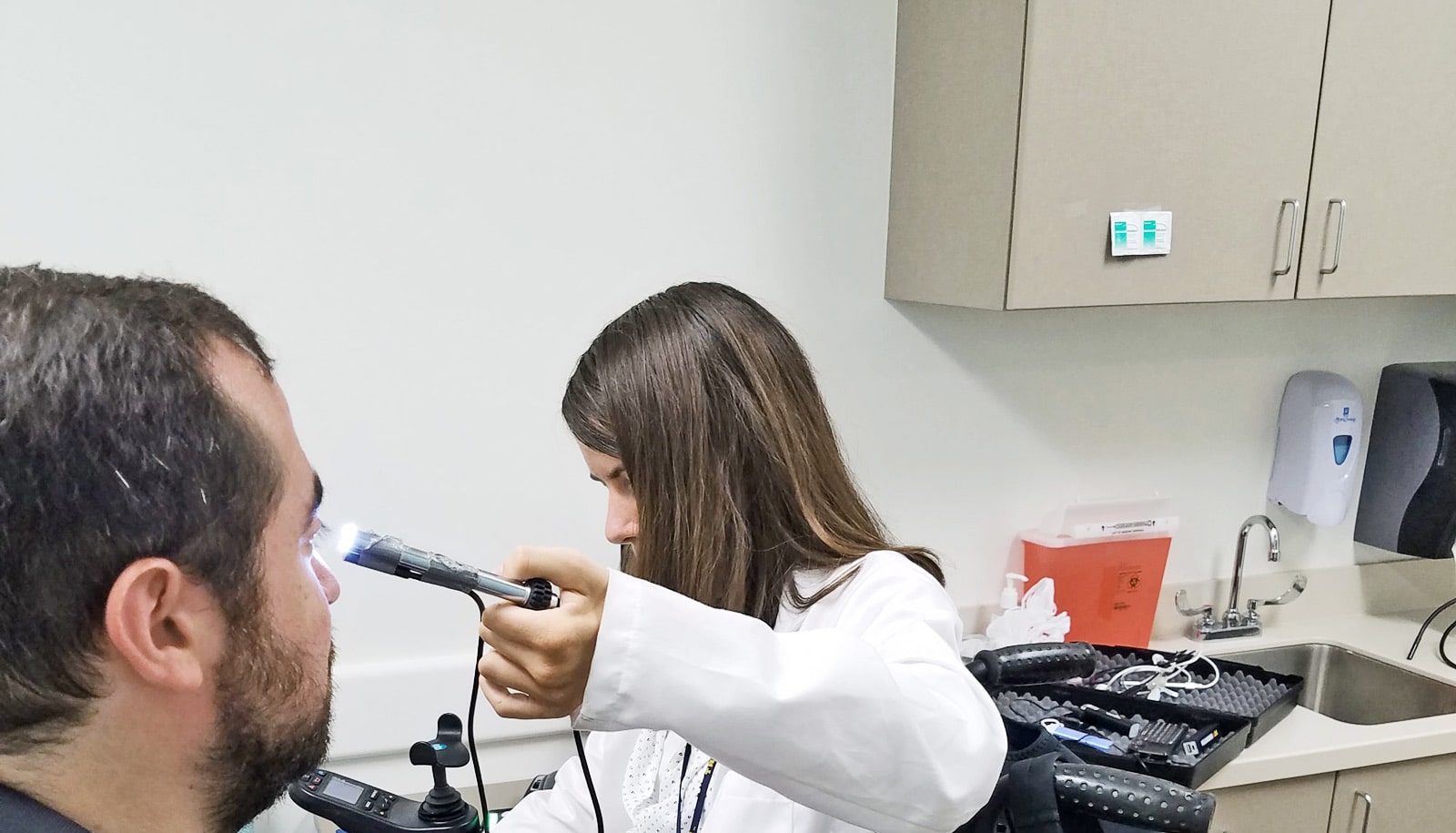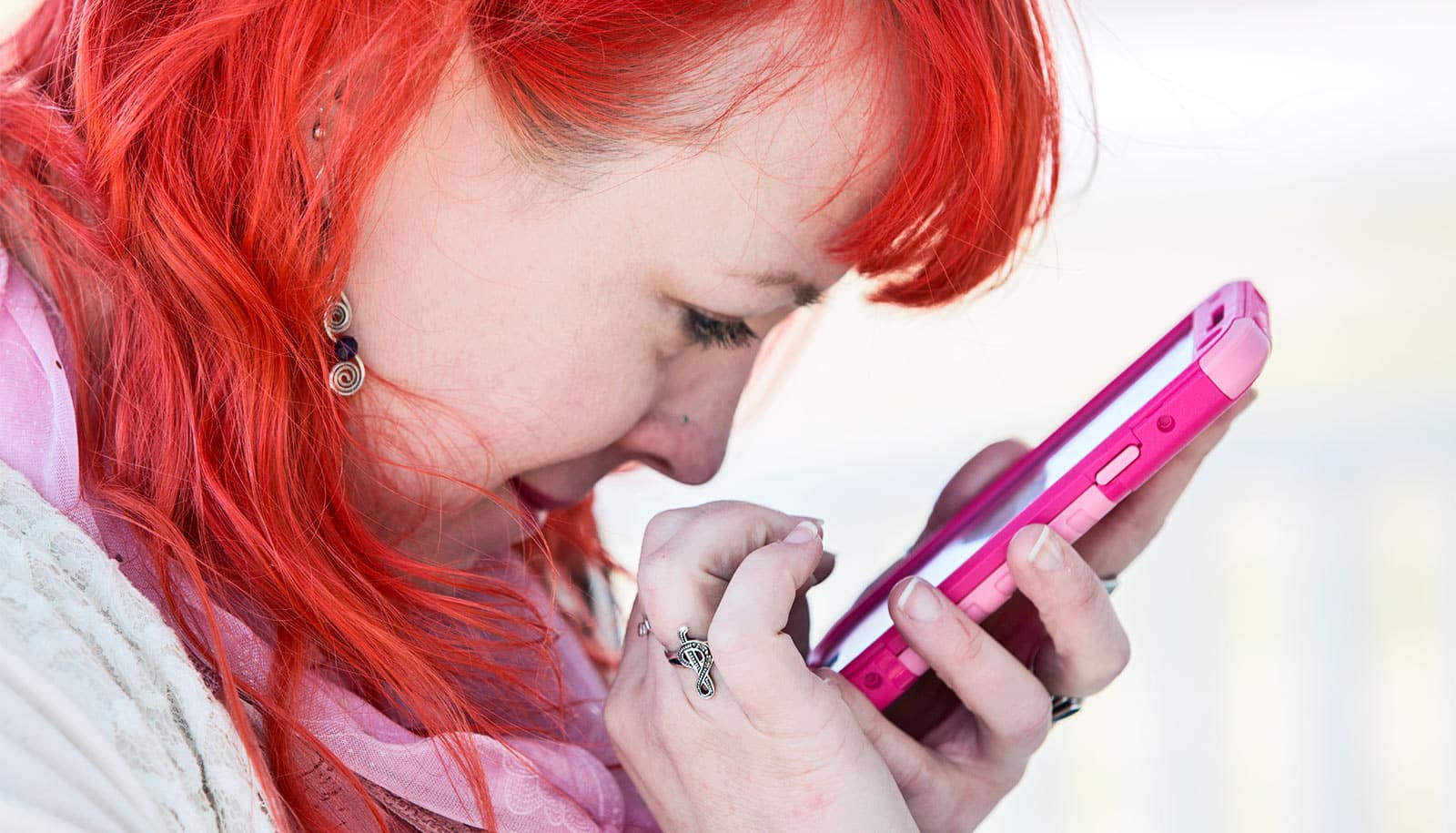A new touch-based display mimics the geometry of objects designed on a computer to boost the accessibility of 3D modeling for people who are blind or visually impaired.
Creating a 3D object with computer software is often the first step in producing it physically, but that can be burdensome for people who are blind or visually impaired.
Even with 3D modeling software that has more accessible ways of inputting designs, blind or visually impaired designers still have to evaluate their work by either creating a physical version they can touch or by listening to a description a sighted person provides.
“Design tools empower users to create and contribute to society but, with every design choice, they also limit who can and cannot participate,” says Alexa Siu, a graduate student in mechanical engineering at Stanford University, who developed, tested, and refined the system in collaboration with members of the blind and visually impaired community.
“This project is about empowering a blind user to be able to design and create independently without relying on sighted mediators because that reduces creativity, agency, and availability.”
Users as creators, not just consumers
The work is part of a larger effort within the lab of Sean Follmer, assistant professor of mechanical engineering, to develop tactile displays—displays that relay information through touch—for various purposes, such as human-computer interaction and new ways of sharing or explaining 3D information.
Siu presented the current work at the International ACM SIGACCESS Conference on Computers and Accessibility (ASSETS). Although the display she presented is a prototype, the lab hopes to make a version that is less expensive, larger, and able to create shapes in greater detail.
“It opens up the possibility of blind people being, not just consumers of the benefits of fabrication technology, but agents in it, creating our own tools from 3D modeling environments that we would want or need—and having some hope of doing it in a timely manner,” says coauthor Joshua Miele, a blind scientist, designer, and educator who helped develop the system while he was associate director of technology research and development at the Smith-Kettlewell Rehabilitation Engineering Research Center.
The display is reminiscent of a pin art toy in that it forms shapes from a field of tall, rectangular pegs that move up and down. By inputting the specifications of their desired shape in the accompanying 3D modeling program, users can evaluate their creation via the touchable display.
Whenever they alter the shape, they can command the display to render it anew. This tactile display is considered 2.5D rather than 3D because the bottom of the display doesn’t change shape.
Greater dimension for blind and visually impaired
The researchers co-designed the system with people who are blind or visually impaired, a process they considered integral to making it address the actual needs of its users. In the end, the team produced a system that can rotate a 3D model, zoom in and zoom out on an object, and show it in split sections—such as showing the top and bottom of a cup beside each other.
Users can also feel the shape with multiple fingers or their whole hand, which enhances the information they can interpret from the display.
“What really is so awesome is that I can view various perspectives of the object and not just the object in its single state,” says coauthor Son Kim, an assistive technology specialist for the Vista Center for the Blind in Palo Alto.
“That offers greater dimension to understanding the object that you’re attempting to make. And that’s the same opportunity that a sighted peer would have, where they too would be able to view various perspectives of their target object.”
Five blind or visually impaired people tested the platform and gave positive feedback, including requests to keep the models they created during testing.
“Personally, I believe that access to tools and access to making is something that’s incredibly important and incredibly powerful,” says Follmer, senior author of the paper. “So to hear about the types of devices and objects and 3D models that they wanted to create was the most exciting part.”
Access and independence
With the success of this early-stage process of design and testing, the researchers would like to improve the scale, affordability, and resolution of the pin display—currently, each pin is rather large, so the display can’t show much detail.
“The feedback we received showed that, even with this coarse display, we can still get meaningful interactions,” Siu says. “That suggests there’s a lot of potential in the future for this kind of system.”
The researchers would also like to explore alternatives to the software program, which requires some programming skills and relies on text-based communication. One option may be a system where users physically adjust the pins, which causes the code to change and match what they formed.
“I really am excited about this project,” Kim says. “If it moves toward implementation or mass distribution in such a way that is cost-effective that would enable future visually-impaired or blind designers coming out of college to have a tool, which would give that person or persons the level of accessibility to enhance their learning; it contributes to the principle of individual, universal access and promotes independence.”
The National Science Foundation funded the work.
Source: Stanford University



